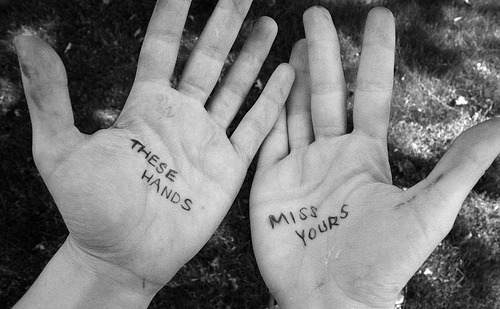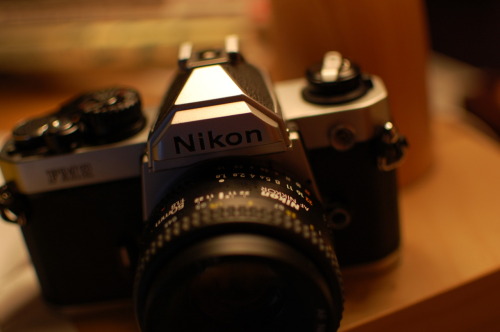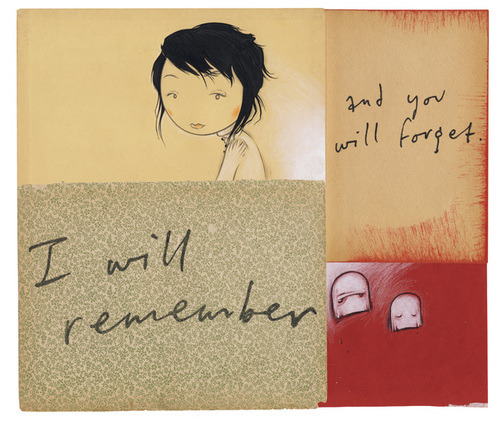 Renoir
Renoir: 'The Concert', 1918
 Renoir
Renoir: 'Dancer with a Tambourine', 1918
 Renoir
Renoir: 'Large Bathers', 1884-87
Source: LACMA
The exhibition presents approximately 80 paintings, sculptures, and drawings by Renoir, interspersed with select works by Pablo Picasso, Henri Matisse, Aristide Maillol, and Pierre Bonnard, to illustrate the developing avantgarde’s debt to the older master. Curated by LACMA curator Claudia Einecke and Chief Curator of European Art J.Patrice Marandel, the show offers an unprecedented look at Renoir through the lens of modernism, bridging the perceived divide between the art of the late nineteenth and the early twentieth centuries. Co-organized by the Réunion des Musées Nationaux, the Musée d’Orsay, and LACMA, in collaboration with the Philadelphia Museum of Art, the exhibition will be on view from February 14 to May 9, 2010
“Renoir in the 20th Century is unlike any other Renoir exhibition,” says Einecke. “By focusing solely on his later works, it reveals a Renoir who is largely unknown, in a completely new and unexpected context. The juxtapositions with Picasso and his modernist peers are astonishing.” During the last thirty years of his career, Renoir moved on from impressionism to an art aiming to be decorative, continue the great tradition of European painting, and be modern, all at once. The resulting paintings and sculptures became an enduring source of inspiration to a generation of younger artists who were feeling their way into modernism in the early twentieth century.
Renoir was acclaimed as an emblematic figure of impressionism in the 1870s, but even as that movement was winning wider acceptance, he embarked on new paths of experimentation and innovation. He challenged the basic principles of impressionism and, in an overt reference to the past, turned to traditional drawing and studio work. This period of crisis and research ended in the early 1890s, a decade that brought Renoir public and institutional recognition as well as commercial success. Without rejecting impressionist techniques, Renoir invented a style he described as classical and decorative. As a declared figure painter, he concentrated on the female nude, portraits, and studies from the model, in the studio or outdoors, and experimented with new techniques.
Like his contemporaries and friends Paul Cézanne and Claude Monet, Renoir became a point of reference for a new generation of artists. Picasso, Matisse, Bonnard, and Maurice Denis, among many others, expressed their admiration for the master, and in particular for his “last manner,” referring to his work at the turn of the century. Great champions of modern art, such as Leo and Gertrude Stein, Albert Barnes, Louise and Walter Arensberg, and Paul Guillaume, collected Renoir alongside Cézanne, Picasso, and Matisse.
As an artist who was forever exploring and keen to take up challenges, Renoir wanted to test himself against the great masters from the past, notably Titian and Rubens, but also Fragonard and Watteau, whom he admired in the Louvre and during his travels. His research was driven by his rejection of the modern world and a preference for a timeless Arcadia peopled by sensual bathers and inspired by the south of France, where he stayed often from the 1890s onward. Renoir saw the Mediterranean landscape as an antique land, at once the cradle and last refuge of a living, familiar, and topical mythology.
In his last years, Renoir persistently returned to a narrow group of themes which he explored even in unaccustomed media, such as sculpture. At the same time, in the first decade of the twentieth century, his work from life and from models yielded new compositions, of which his odalisques and, above all, the Large Bathers of 1918-1919 (Musée d’Orsay) were the crowning glory. Renoir himself considered Large Bathers an achievement and a springboard for future research.
This was, indeed, how the painting was seen by many artists in the early twentieth century, especially in the controversies surrounding the development of cubism and abstraction: it offered a working balance between objectivity and subjectivity, between tradition and innovation, which pointed the way to the classical modernity of the 1920s.
Since then, appreciation of “the late Renoir” has changed somewhat, and his paintings from this period are now little known. Although his landscapes and portraits have given rise to major exhibitions in recent years, there have been no studies or exhibitions focusing specifically on Renoir’s last years, as has been the case for Monet or Cézanne. Renoir in the 20th Century is designed to remedy this and explore this very fertile period in Renoir’s career.






























 The Guennol Lioness
The Guennol Lioness



 Alberto Giacometti: "Grande Femme debut"
Alberto Giacometti: "Grande Femme debut" Constantini Brancusi: Danaide
Constantini Brancusi: Danaide Edgar Degas: Petite danseuse de quatorze ans
Edgar Degas: Petite danseuse de quatorze ans Antonio Canova: The Three graces
Antonio Canova: The Three graces


































